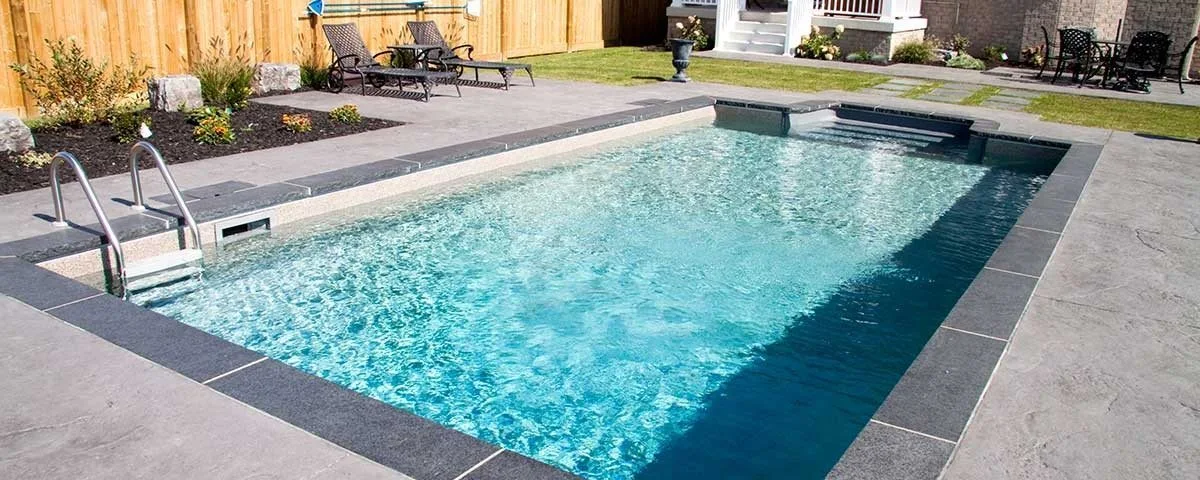The cost of a swimming pool installation varies, but most businesses must collect sales tax. In addition to obtaining the appropriate business licenses, you should have an agreement with your clients, including payment terms, service level expectations, and intellectual property ownership. You can find local resources for this through your small business association. If you are unsure of the costs of a swimming pool installation, contact the manufacturer to learn more.

The first step is establishing the layout. Pool builders will use a front-end loader to layout the shape and location of the pool, then dig it out. Next, steel bars will be installed to reinforce the shell. If you want a waterfall, make sure to include these in your design. After that, the contractor will begin the plumbing. You will also need to fit the skimmer box, suction lines, and other equipment.
Once the concrete shell is completed, the structural steel is installed. After this, the stub-out plumbing will be placed. This plumbing will be located according to a construction drawing. According to this plan, the placement of water features, suction lines, and spa plumbing should be done. These locations will help them function and serve properly. Lastly, you need to decide on the size of the in-ground pool you want. A larger one may require more excavation, but it will be less expensive in the long run.
Once the structural steel is in place, the builders will install the stub-out plumbing. The stub-out pipes are placed according to the detailed construction drawing. The plumbing will be installed according to the design of the swimming pool. The contractor will place suction lines, water features, and spa components in the appropriate locations. You should consult a qualified contractor to determine the best placement of the stub-out pipes to maximize the serviceability and performance of your pool.
Once the structural steel is in place, the builder will install the plumbing in accordance with the blueprint. A detailed construction drawing shows the position of each stub-out pipe according to the design. It should be situated to make it easier to access the pool later. If the water is not flowing, then a contractor should be able to get it out of the ground. Once the plumbing has been set, it is time to pour the concrete.
Once the structural steel has been installed, the stub-out plumbing must be installed. The pipes should be installed according to the construction drawings. The plumber should know where to place water features, suction lines, and spa plumbing to avoid a problem in the future. The contractor should also have the proper accreditations to ensure that his work is of the highest quality. This will ensure the safety of your family and guests. It is important to hire the right professional for the job.
When it comes to construction, the first step is to determine the location and shape of the swimming pool. The contractor should draw out the exact location and shape of the swimming pool, using a front-end loader to dig the ground and push back the walls. The next step is installing the vinyl liner. Once the form is set, the contractor should then secure the wall panels to prevent leaks. Then, the installer will apply a special finish to the walls, which should be waterproof and resistant to moisture.
Once the foundations are in place, the contractor can move on to installing the structural steel. After the steel is installed, stub-out plumbing is installed. This process involves placing the stub-out pipes and water features according to the construction drawings. These pipes must be in the correct positions to maximize their performance and serviceability. In addition to plumbing, the installer should have the necessary insurance and be able to provide references for the work he performs.
After the foundation has been prepared, the contractor should begin laying the concrete shell. The contractor will use a nozzle to spray the concrete, and then shape the concrete using a flat, round-edged trowel. Once the forms are set, the excavation phase will start. A front-end loader will dig the area and push back the walls. A steel bar will be used to reinforce the shell. This step should be done according to the construction plans.